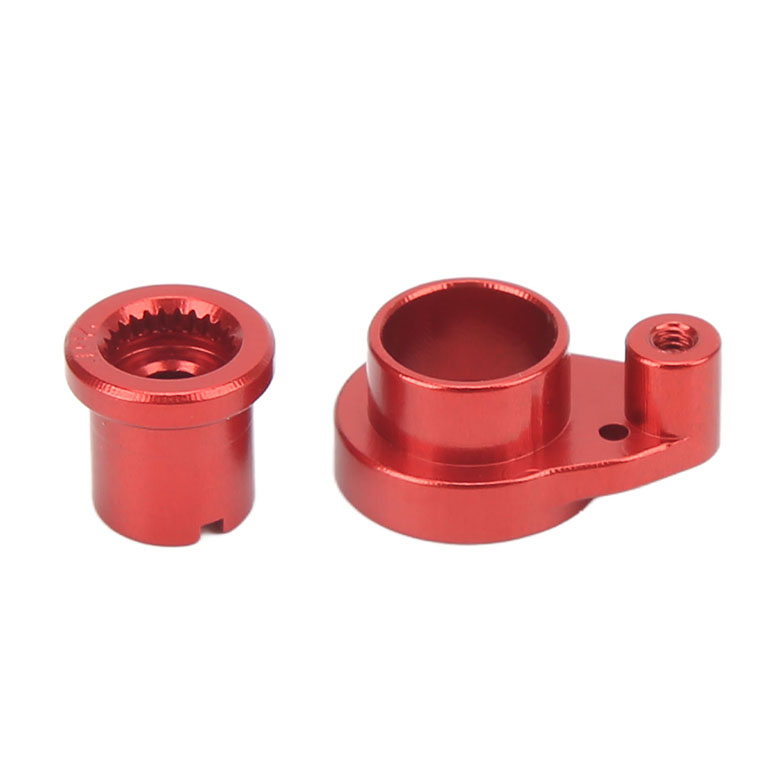
The deviation of the actual geometric parameters of the part from the ideal geometric parameters is called the machining error. The size of the machining error reflects the level of machining accuracy. The larger the error, the lower the machining accuracy, and the smaller the error, the higher the machining accuracy.
Machining accuracy is mainly used to produce products, and machining accuracy and machining error are terms used to evaluate the geometric parameters of the machined surface. The machining accuracy is measured by the tolerance level. The smaller the level value is, the higher the precision is; the machining error is represented by a numerical value, and the larger the numerical value is, the greater the error is. High machining accuracy means small machining errors, and vice versa.
There are 20 tolerance grades from IT01, IT0, IT1, IT2, IT3 to IT18. IT01 indicates the highest machining accuracy of the CNC part, and IT18 indicates that the machining accuracy of the part is the lowest. Generally speaking, IT7 and IT8 have medium machining accuracy level.
The actual parameters obtained by any machining method will not be absolutely accurate. From the function of the part, as long as the machining error is within the tolerance range required by the part drawing, it is considered that the machining accuracy is guaranteed.
The difference between accuracy and precision is as follows:
1. Accuracy
Refers to the closeness of the obtained measurement result to the true value. The measurement accuracy is high, which means that the systematic error is small. At this time, the average value of the measured data deviates less from the true value, but the data is scattered, that is, the size of the accidental error is not clear. Accuracy means the correctness of the measurement results, and precision means the repeatability and reproducibility of the measurement results. Precision is the precondition for accuracy.
2. Precision
Refers to the reproducibility and consistency between the results obtained by repeating the determination using the same spare sample. It is possible to have high precision, but precision is inexact. For example, using a length of 1 mm, the three results obtained are 1.051 mm, 1.053, and 1.052, respectively. Although they have high precision, they are inaccurate.

Copyright © 2025 Dongguan Yifeng Metal Co., Ltd. | All Rights Reserved